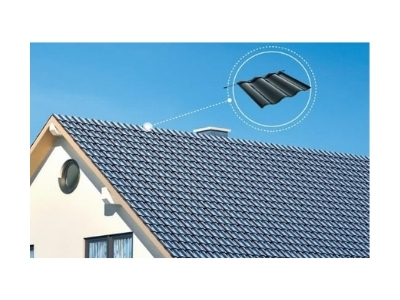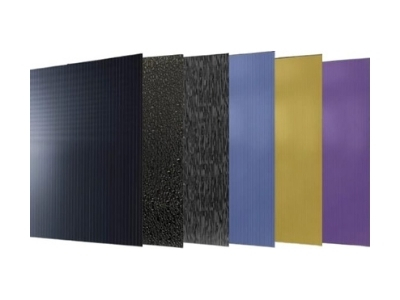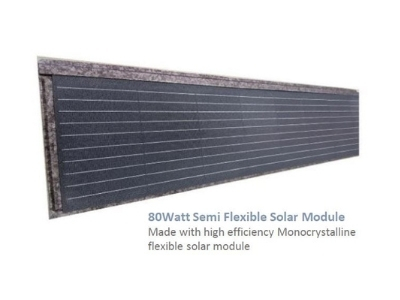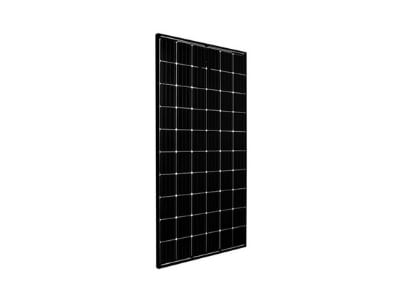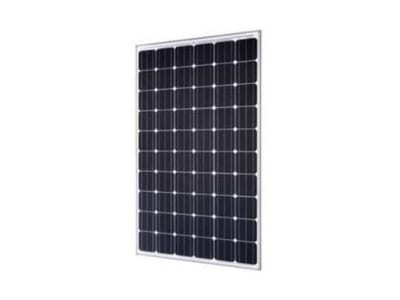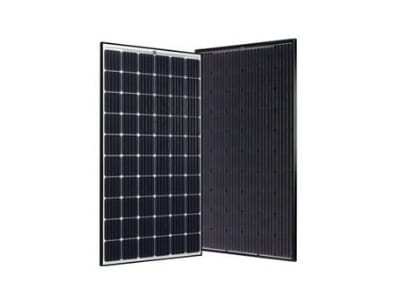Commercial BIPV Solar Systems
BIPV (‘building integrated photovoltaics’) systems are solar power generating products or systems that are seamlessly integrated into the building envelope and part of building components such as façades, roofs or windows. Serving a dual purpose, a BIPV system acts to convert solar energy into electricity, while also delivering building envelope functions such as weather protection, thermal insulation, noise mitigation and safety.
Leveraging Targray’s global sourcing, distribution and supply chain capacities, our BIPV suppliers and procurement specialists create value for EPCs, contractors, installers and solar project developers in countries around the world. To learn more about our BIPV technology solutions, contact a member of our solar team.
BIPV Modules
BIPV modules use either crystalline silicon-based solar cells or thin film technologies such as amorphous-based silicon, cadmium telluride and copper indium gallium selenide. Varying degrees of transparency can be achieved with most technologies by either spacing opaque solar cells or making the thin film layer transparent.
BIPV modules replace conventional building envelope materials while also generating power. By avoiding the cost of conventional construction materials, the PV system life-cycle cost is considerably improved.

BIPV System Components
BIPV systems typically include the following components:
- PV modules (thin-film or crystalline);
- A charge controller to regulate the power into and out of the energy storage bank in some systems;
- an energy storage system, comprised of the utility grid in utility-interactive systems or several batteries;
- Power conversion equipment – notably the inverter to convert the BIPV module DC output to AC compatible with the utility grid;
- Backup power supplies (optional) in stand-alone systems – typically diesel generators.
- Support and mounting hardware, wiring, and safety disconnects.
BIPV Technology Applications
BIPV is a multifunctional product that generates electricity and replaces traditional building materials by serving as a significant weather barrier on residential building surfaces.
BIPV systems can be installed during the construction phase of a building or deployed in the course of a retrofit of an existing building when one of the envelope components needs to be replaced. The built environment allows for many ways to integrate BIPV. There are three main application areas for BIPV:
- Roofs (e.g. shingles, tiles, skylights)
- Building facades (e.g. cladding, curtain walls, windows)
- Externally integrated systems (e.g. balcony railings, shading systems)
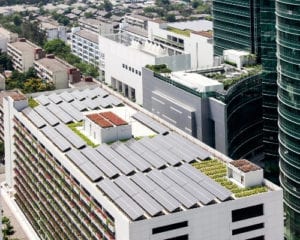 |
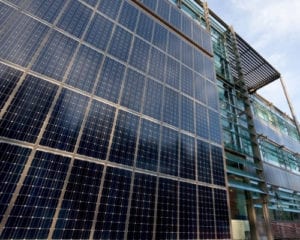 |
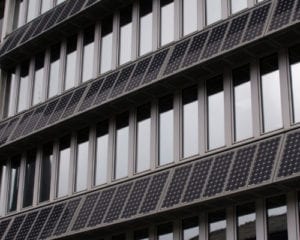 |
| Figure 1: BIPV roof installation | Figure 2: BIPV facade installation | Figure 3: Externally installed BIPV shading system |
The Benefits of BIPV Technology
BIPV modules not only produce clean electricity without requiring additional land area, but can also impact the energy consumption of a building through daylight utilization and the reduction of cooling loads.
BIPV modules contribute to developing net-zero energy buildings. By transforming roofs and facades into energy generating assets, BIPV can produce a considerable return on investment.
BIPV systems also provide an opportunity to architects and building designers to enhance the visual appearance of more dated structures.
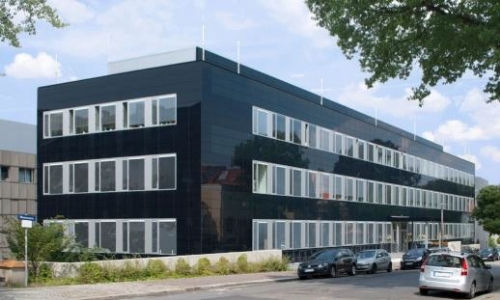 |
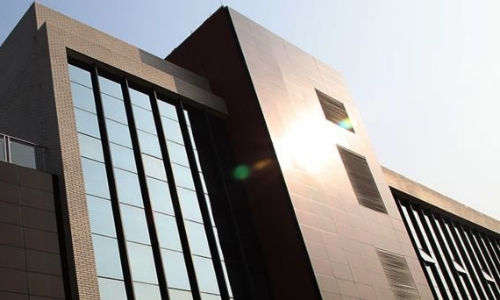 |
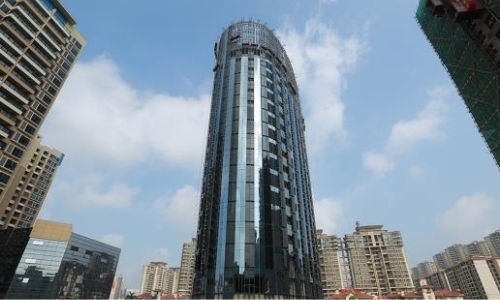 |
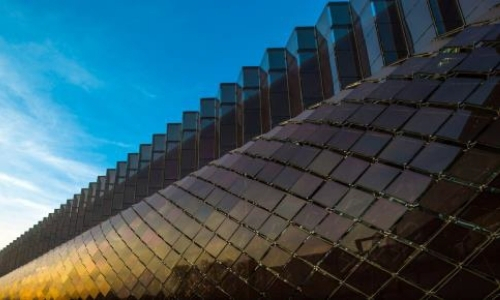 |
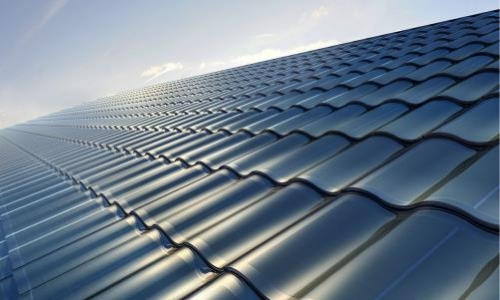 |
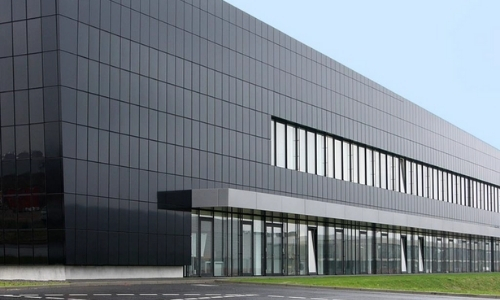 |
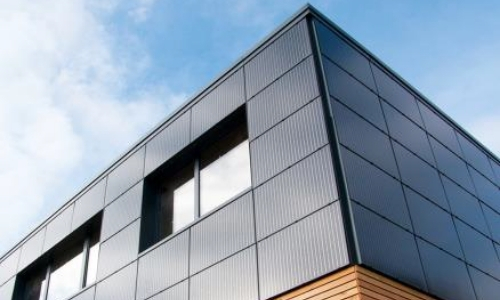 |
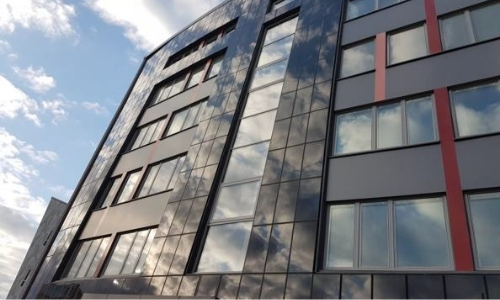 |
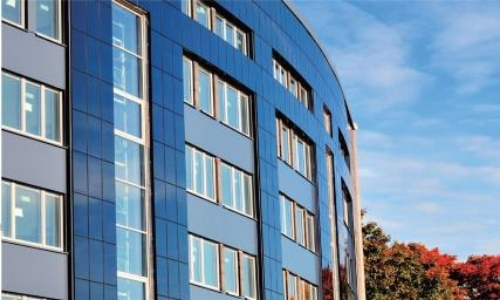 |
Working closely with our supply partners and organizations including U.S-based SEIA, Targray helps solar manufacturers and project developers worldwide enhance the sustainability of their supply chains. Contact us today to learn more about our BIPV suppliers and procurement specialists.
